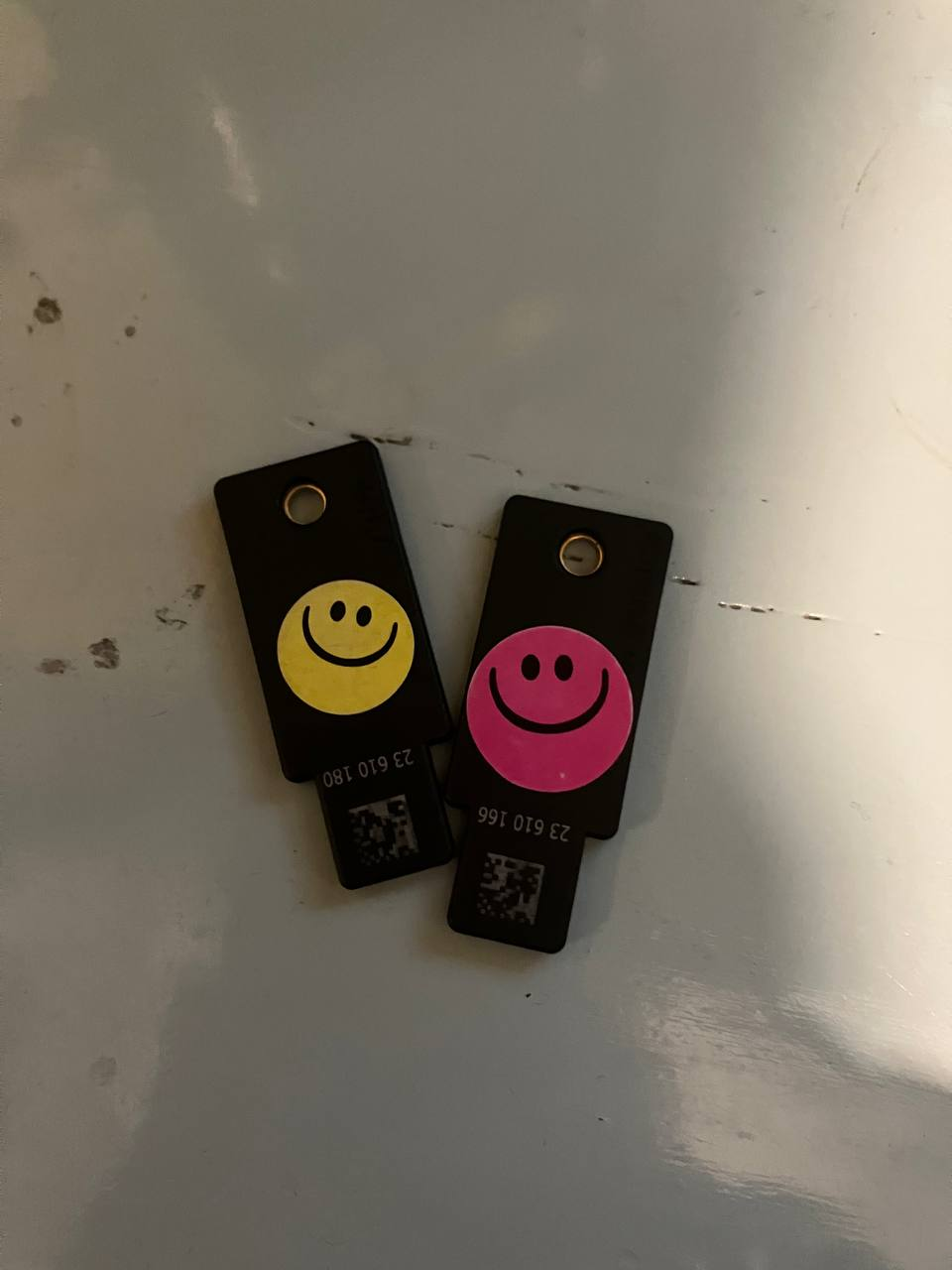Posts
4809Following
319Followers
489OpenPGP: 3AB05486C7752FE1
Jarkko Sakkinen
jarkko@duxsco My “alternative” approach to the one proposed in the guide (I quite strictly follow it otherwise) has a measurable benefit: it is more durable given the 16 spare copies of the secret material.
I’ve been even thinking to send a patch to kernel-pgp-guide.txt and that was sort of grounds to make this post. I think that just packing ~/.gnupg is somewhat dirty approach…
I’d like to also point out that this approach also mirrors on how paperkey use is instructed, so it is not asymmetrical. IMHO, processes should have only asymmetry if you have some very well rationalized explicit reason to do that when it comes privacy and security.
Jarkko Sakkinen
jarkkoJarkko Sakkinen
jarkkoIn Linux kernel maintainer PGP guide I don’t understand the section “Back up your whole GnuPG directory”, and it is also asymmetric with the section discussing paperkey.
AFAIK, this should be sufficient:
gpg --output "priv_0.pgp" --armor --export-secret-key
I do 16 of these and then copy those to an USB stick (i.e. one for each hex digit).
Jarkko Sakkinen
jarkko- https://news.opensuse.org/2023/12/20/systemd-fde/
- https://www.youtube.com/watch?v=drgo6pvn5hI
I'll check also Fedora albeit I'd guess it is like OpenSUSE (follow cross-distribution standard ways) and unlike Ubuntu (ignoring the common good).
Jarkko Sakkinen
jarkkoJarkko Sakkinen
jarkkoJarkko Sakkinen
jarkko#tracing #kprobes #linux #kernel
Jarkko Sakkinen
jarkkoJarkko Sakkinen
jarkkoJarkko Sakkinen
jarkkoJarkko Sakkinen
jarkkoComparing now how SDIO boot works with the official SDK. I don’t know where “SDIO” comes from but it should boot all from SD and it is the term used in the quick start guide.
The same guide does not give whole a lot of promised as it just states that:
StarFive recommends that you use 1-bit QSPI Nor Flash mode since there is a low possibility that the VisionFive 2 may fail to boot in eMMC or SDIO3.0 boot mode. Try restarting the VisionFive 2 if fails to boot in eMMC or SDIO3.0 boot mode
Probably something like BeagleV would more convenient but it was not yet even publicly announced when I ordered this. And even if I probably eventually get it having multiple pieces for hardware is nice for comparison.
Jarkko Sakkinen
jarkkoJarkko Sakkinen
jarkkoHmm.. With DIP switches set to “SDIO” mode, VisionFive2 SBC gives the most informative error message ever:
BOOT fail,Error is 0xffffffff
I’d guess the last value is -1 in 1’s complement format but other than that 🤷
I used #BuildRoot and visionfive2_defconfig. Not sure how feature complete so maybe I will try the official SDK for comparison.
